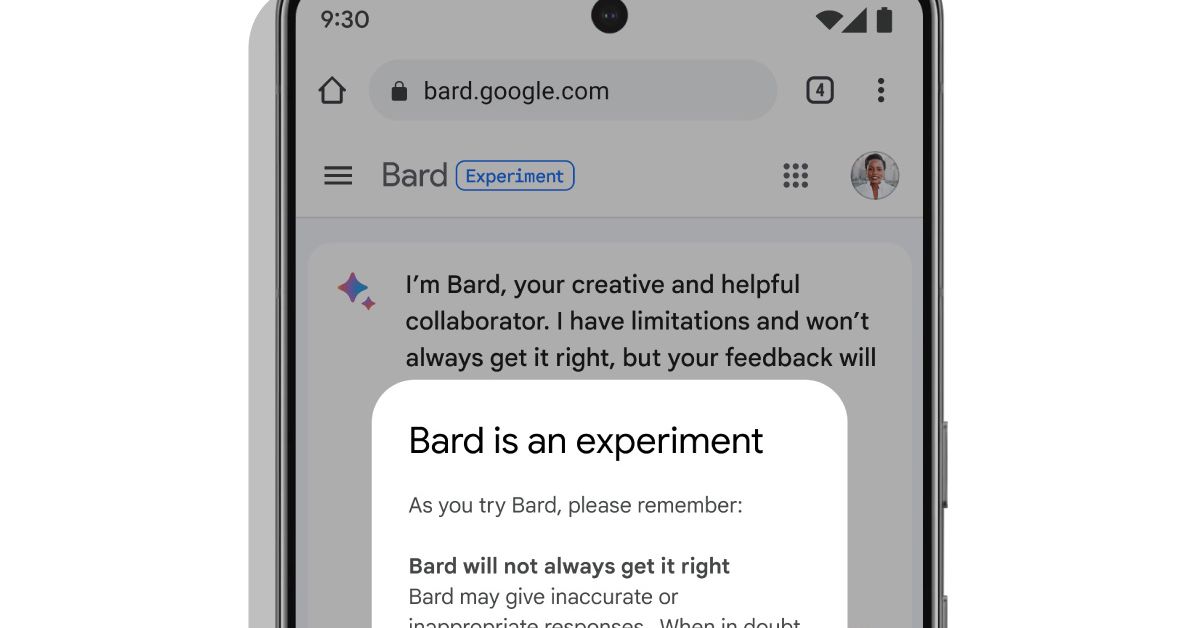deleted by creator
KelsonV Old Account
Techie, software developer, hobbyist photographer, sci-fi/fantasy & comics fan in the Los Angeles area. He/him.
Website: KVibber.com
Main: @kelson@notes.kvibber.com
Moved to KelsonV@lemmy.world
- 8 Posts
- 11 Comments
deleted by creator

 3·1 year ago
3·1 year agoBy that logic, there’s no point in ever deleting anything online, so why even bother with hiding them? Just leave everything up there forever, whether the person who wrote it still wants it to be there or not.
Also, not everyone has the time, programming skills and resources to just fork a project, never mind run their own server. That’s not a constructive approach to a “this feature ought to work better” discussion.

 61·1 year ago
61·1 year agoMastodon has the same fatal flaw. They want to keep your history and relationships hostage so you can’t leave.
You can migrate your relationships to a new Mastodon server.
And while you can’t directly transfer the history (the debate over how/whether to do this has gone on for literally years), you can export an archive you can keep locally, and there are tools out there to parse it and convert it to some other form (static website, whatever). Someone’s probably written an importer by now, though I’d have to look.

 1·1 year ago
1·1 year agoThe fact that other copies might be out there (assuming a crawler archived the particular page while a post was up) isn’t a reason not to remove the copies you can control.
#Bookwyrm is a book review site like Goodreads
#WriteFreely is a blogging service, and Medium is actually working on Fediverse integration.

 41·1 year ago
41·1 year agodeleted by creator

 5·1 year ago
5·1 year agodeleted by creator

 5·1 year ago
5·1 year agoIf you use a Nextcloud server, there’s a good collection of apps (some official, some third-party) that work with it. The ones I use:
Nextcloud - main app, does authentication, file access, optional auto-upload photos Nextcloud Notes - kind of like Google Keep, but simpler. (IIRC Carnet is more like Keep, and also open) Nextcloud Talk - instant messaging, supposedly can do voice but I’ve never used it for that Nextcloud News - RSS reader that syncs your feeds and read/unread through your Nextcloud server
Plus these apps that aren’t Nextcloud-specific, but work with it and other sync methods:
OpenTasks - ToDo list (needs Dav5x to sync) DAVx5 - Syncs contacts, calendars and to-do items between any CalDav, CardDav or WebDav servers and your Android system, so you can access them with any local contacts or calendar app. (For instance: K-9 Mail can use contacts from my Google account and my Nextcloud account, and Simple Calendar can do the same with my calendars.) Floccus - Bookmarks manager that can sync across multiple desktop browsers and the mobile app, using any of several sync options including Nextcloud
deleted by creator
Sure, servers are cheaper now. Domains are cheap now. TLS certs are free now. But that happened after the advertising business model became dominant.
For a while, server power was barely keeping up with the rise in demand, and you couldn’t just add another cloud server or bump up the RAM allocation on the one you have, you had to physically install new hardware. That took a larger chunk of money than adding $5 to your hosting plan, and time to set up the hardware.
By the time the tech stack got significantly cheaper (between faster hardware and virtualization, not to mention Let’s Encrypt), advertising was already entrenched and starting to coalesce around a handful of big networks.

 10·1 year ago
10·1 year agoEven just caching the not-logged-in views can be a big help, as I’ve found with self-hosted WordPress.
This post alone now has as many upvotes as I saw someone on Reddit claim Lemmy had total users.

 7·1 year ago
7·1 year agoI would assume it involves computer-related writings, history, etc. How people communicate online, hypertext fiction, wikis, the differences in how people write and present media online compared to on paper. How people have used memes, emoji, etc. Hacker lore. Some overlap with digital arts and social sciences - ethics, media creation
 0·1 year ago
0·1 year agodeleted by creator

 0·2 years ago
0·2 years agoSorry, I just can’t take seriously someone who actually takes the Musk/Taibbi spin on the Twitter Files at face value.










Yeah, it’s made more for refining and confirming details than for adding entirely new objects.
When I want to add something that’s not on the map yet, I either add a note in StreetComplete and come back to it later on my computer, or I add it using Vespucci. (I’ve been known to add items using Vespucci, then reload the data on StreetComplete so I can fill in details that aren’t in the presets and that I can’t remember how to tag manually!)